Written by: Alexandra Young, Humane Pennsylvania Community Outreach Programs Manager
Since 2006, April has been recognized throughout the U.S. as National Prevention of Cruelty to Animals month, thanks to the efforts of The American Society for the Prevention of Cruelty to Animals (ASPCA).
From the Middle Ages onward, there have been barbaric practices related to how animals are treated. Many of these actions come as the result of superstition, religious beliefs, or outright lack of compassion or respect for the animals humans use to increase capacity and make money, especially animals like working horses. Although we live in what is considered to be a civilized world, animal neglect, abuse and cruelty are still pervasive today.
In Pennsylvania, a person commits cruelty to animals (Sec. 5533 of the Pennsylvania Statute1) if they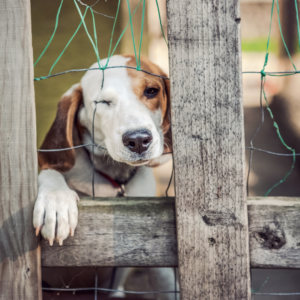 intentionally, knowingly or recklessly ill-treat, overload, beat, abandon or abuse an animal. Aggravated cruelty, as defined by Sec. 5534 of the Pennsylvania Statute, is committed when torture, neglect or cruelty causes serious bodily injury or the death of an animal.
intentionally, knowingly or recklessly ill-treat, overload, beat, abandon or abuse an animal. Aggravated cruelty, as defined by Sec. 5534 of the Pennsylvania Statute, is committed when torture, neglect or cruelty causes serious bodily injury or the death of an animal.
With some thoughtful planning and your smartphone, you may save animals’ lives when you least expect it.
The first thing you can do is research the laws in your most frequented area (your workplace or home). These laws include, but are not limited to:
- Tethering unattended dogs; there are specific requirements depending on the weather
- General neglect of basic needs (food, water, and shelter) and medical care
- Animal fighting and possession of animal fighting paraphernalia
- Outdated cosmetic procedures, including: cropping ears, docking tails (puppies over 5 days old) and surgically debarking dogs
- Animals trapped in overheated vehicles
Next, determine the municipality of a street address or intersection. In Pennsylvania, you can find this information through the Pennsylvania Department of Community of Economic Development’s Municipal Statistics website: http://munstats.pa.gov/Public/FindMunicipality.aspx
Now you can obtain the phone number of the local Humane Officer or Animal Control agency for the area and save it in your favorite contacts. If you frequent more than one city or county on a daily basis, save this information by location. If the agency (or agencies) you’ve identified offers online reporting of cruelty, save the link within that contact for quick retrieval.
 When you make a report through a phone call or online, you’ll need to leave your contact information so the agency can follow up with you, but your identity is kept strictly confidential. Just remember that you could be the only — or last — chance at survival for an animal.
When you make a report through a phone call or online, you’ll need to leave your contact information so the agency can follow up with you, but your identity is kept strictly confidential. Just remember that you could be the only — or last — chance at survival for an animal.
See it, say it: To avoid retaliation, many people hesitate to report their neighbors even when they know an animal is being mistreated. However, I realized through my experiences working at a shelter with animal control officers that many people frequent the same daily routes where they may regularly see a neglected or suffering animal.
In pre-pandemic times, that included mail carriers, bus drivers and package couriers. Today, COVID has increased deliveries from retail stores and restaurants, whose staff must now take pictures as verification of successful deliveries!
If you see something, do not hesitate. Report animal abuse!
One of the most common situations is finding a dog (or a cat) locked in a parked car on a warm day. Many people do not realize that even on a 72-degree day, a car’s internal temperature can heat up to 116 degrees within an hour.2
To protect pets that are left unattended in parked cars in hot weather, Pennsylvania’s Governor Tom Wolfe signed House Bill 1216, the Motor Vehicle Extreme Heat Protection Act, in 2019. It allows law enforcement officers to enter a car if an animal is believed to be in danger or being neglected.
NOTE: This law does not protect citizens against liability; it protects police/humane/animal control officers or other public safety professionals in this specific situation.
If you see an animal stuck in a hot car:
- Record the make, model and license plate number of the car.
- If possible, take a photo of the animal in the car as well as the surrounding area (ex. showing no shade in the parking lot).
- Go to the nearest business and ask them to make an announcement to find the car’s owner. Many owners are unaware of this danger and will quickly return when notified.
- If the owner is not found, do not wait and do not break into the car yourself. Call the authorities!
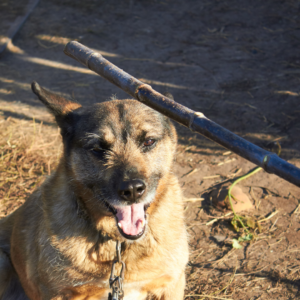
Recently, there have been new guidelines announced associated with tethering dogs, increased penalties for animal abuse, and more protection for horses and other animals. Fines range from $300 to $2,000 with jail time even for a summary offense.
Community change may be slow to occur, but it can only occur when individuals refuse to accept the status quo. Be the voice of animals that depend on compassionate, empathetic, courageous and proactive humans. Join Humane Pennsylvania in building the best community anywhere to be an animal or animal caretaker.
Learn more about our Healthy Pets Initiative and other resources we offer at humanepa.org.


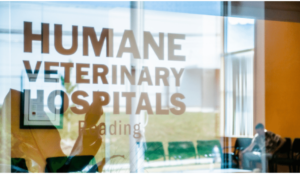 approach to practice management. When a service, program, or even phrase offers so much opportunity for confusion, the first step is to answer the question: “What is the purpose of what we are doing?”
approach to practice management. When a service, program, or even phrase offers so much opportunity for confusion, the first step is to answer the question: “What is the purpose of what we are doing?” those 100 people, no one gets help the next week or the week after. It is a pyrrhic victory. This is not simply a theoretical situation — the former Humane League of Lancaster County faced that crisis when it overextended its reach and capacity in its first public animal hospital.
those 100 people, no one gets help the next week or the week after. It is a pyrrhic victory. This is not simply a theoretical situation — the former Humane League of Lancaster County faced that crisis when it overextended its reach and capacity in its first public animal hospital.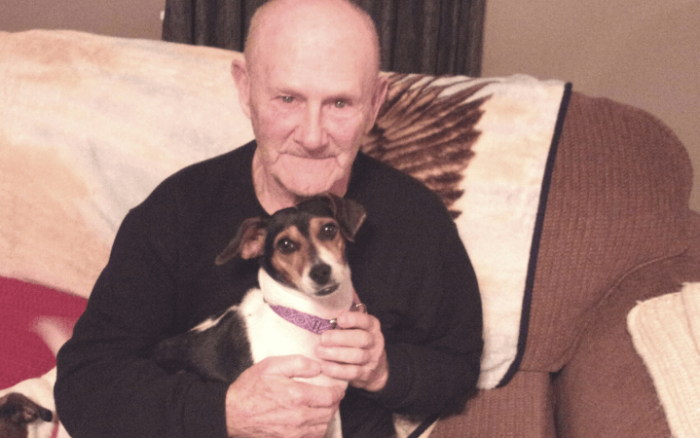
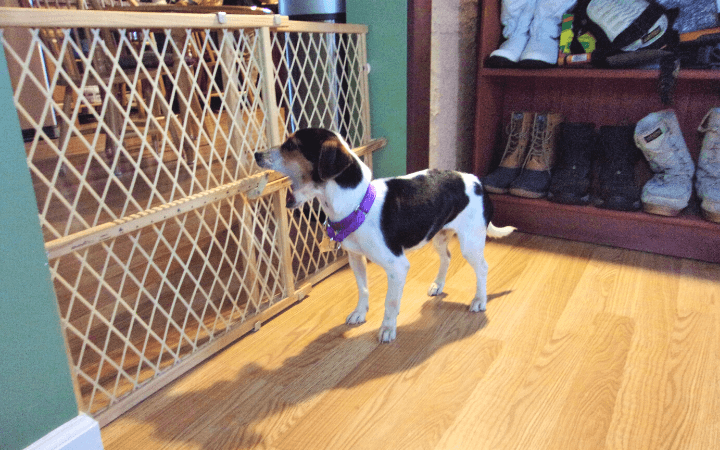
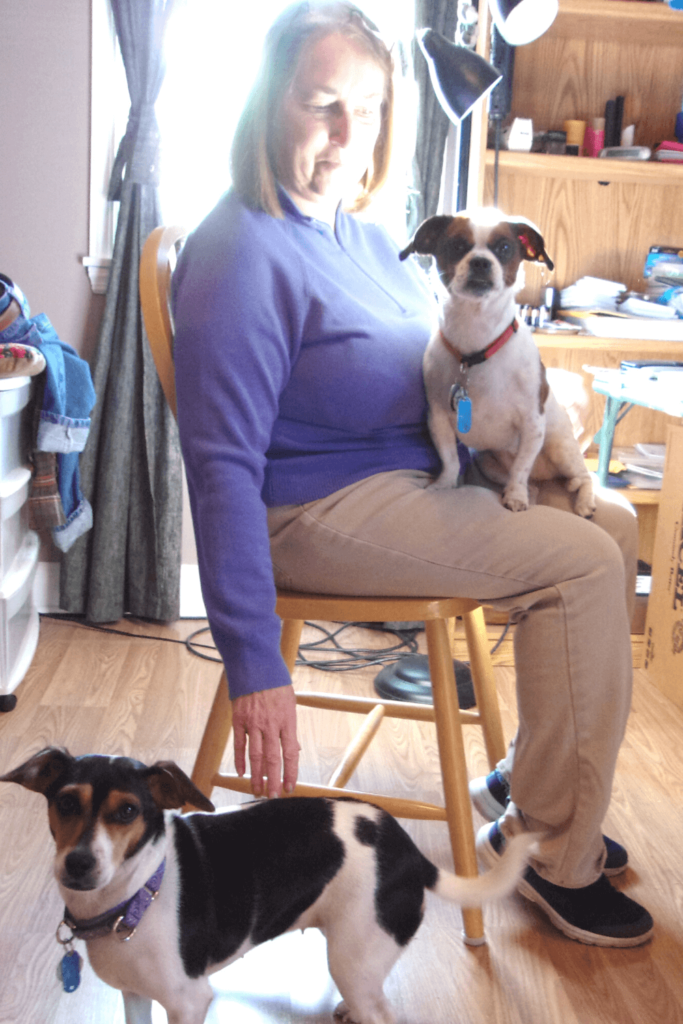
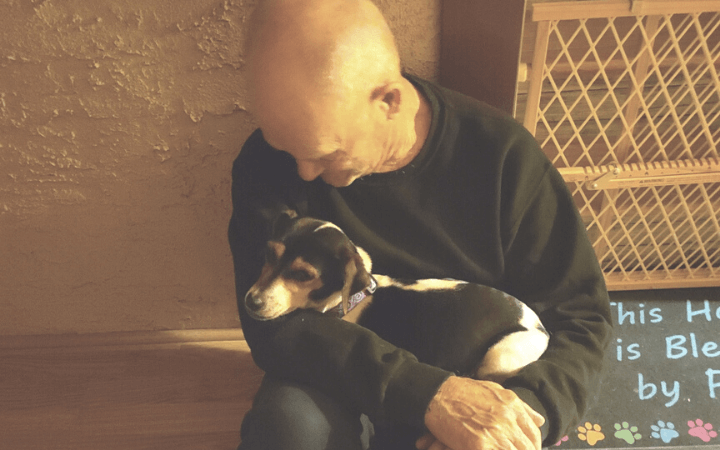
 Not surprisingly, the greatest risks to pets are found around the home. Plants, foods, human medications, cleaning supplies, and automotive products are responsible for the vast majority of pet poisoning cases reported to veterinarians and poison control centers.
Not surprisingly, the greatest risks to pets are found around the home. Plants, foods, human medications, cleaning supplies, and automotive products are responsible for the vast majority of pet poisoning cases reported to veterinarians and poison control centers.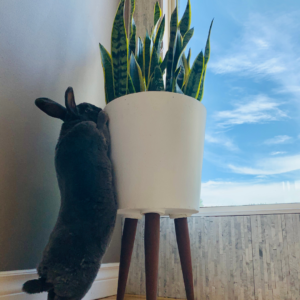 garlic, onions, yeast dough, and any processed foods containing the sweetener Xylitol.
garlic, onions, yeast dough, and any processed foods containing the sweetener Xylitol. In Case of a Pet Poisoning Emergency
In Case of a Pet Poisoning Emergency